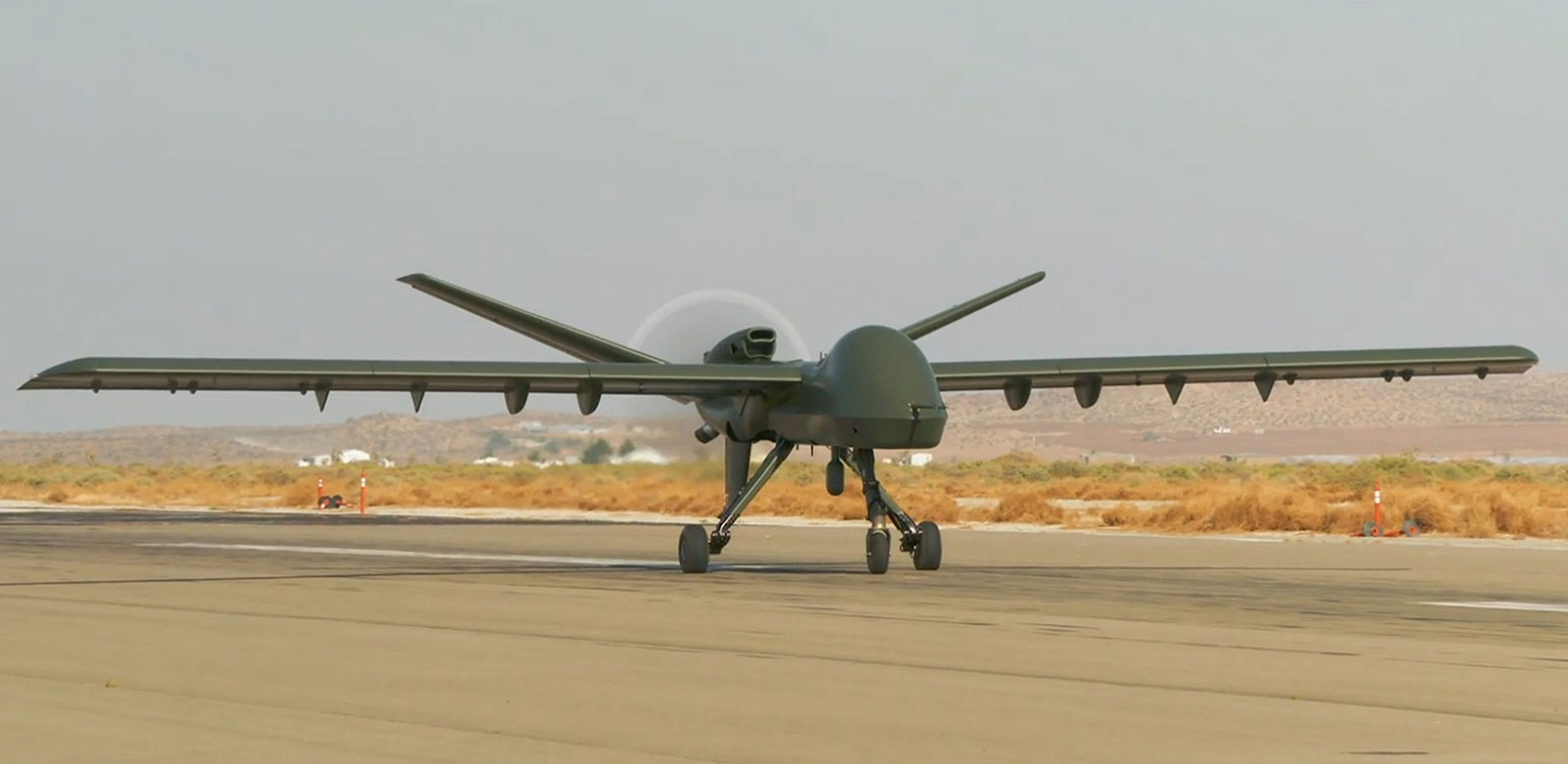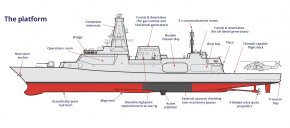In the absence of carriers the RAN has always been a SAG-centric Navy. We were the only Commonwealth Navy aside from the RN itself that invested in a cruiser force prior to WW2 (The RNZN and RCN only got theirs in 1941 and 1944 respectively). Notably every other major navy either has carriers or has planned its fleet around fitting into a broader structure (NATO, JMSDF, etc.) nobody has tried actively pushing for SAG capability in decades, instead navies like the USN have made it a secondary role of their primary escorts. The term "cruiser" means relatively little in the age where everything down to frigates has area air defence and command facilities. It could be interpreted, as the Russians do, to be a ship designed specifically around sinking enemy surface ships rather than escorting. How the RAN would go about developing such a relatively unique capability I'm not sure but it's food for thought.
The Ticonderogas were ordered as destroyers but reclassified as cruisers to appease congress which at the time was having a cow about the Soviets having more actual cruisers (a result of them having to rely on SAGs due to a lack of proper carriers). The last ships that were ordered and laid down as cruisers were the Slava-class which entered service almost 41 years ago.
It's interesting looking at the evolution of British cruisers, relevant because they are what the RAN bought generation after generation.
Until WWI the RNs cruisers were the evolution of the cruising sail ships, as opposed to the ships of the line. The cruising ships were used for trade protection and station assignment thought the empire. They were, from smallest to largest, corvettes, sloops and frigates.
The cruising ships became cruisers, and were divided into protected cruisers (of different rates), and larger armoured cruisers. The Town's, then Frobishers were the ultimate expression of protected cruisers, later light cruisers, while the armoured cruisers evolved into battlecruisers.
The ships of the line became battleships, but with the advent of the torpedo, and torpedo boats, something was needed to counter them. This was the torpedo boat destroyer, later just destroyer.
Destroyers themselves carried torpedos and became a threat to the battleships. This led to the development of destroyer killers, which were the fleet cruisers of the C, D and E classes. Small handy ships designed to work closely with the fleet.
The end of WWI plus the Washington Treaty basically killed battlecruisers, large cruisers and armoured cruisers going forward. Their roles, along with those of the light cruisers were absorbed by the treaty cruiser requirement, i.e. the County Class, max 10000 tons, max 8" guns.
The 8" cruisers, while excellent for independent operations, scouting, trade protection, station and presence work, were seen as too big and expensive for fleet work.
The RNs fleet cruisers were all war but and quite new, meaning replacements werent considered until the late 20s.
These became the Leander, Modified Leander and Arethusa Classes, smaller cheaper, handier for fleet work. Their 6" guns meant they were at a disadvantage against 8" gunned heavy cruisers so the UK sought to limit the numbers of 8" armed ships under the London treaty.
When the US and Japan responded by building 10000 ton light cruisers with 15 6" guns, the UK responded with the (new) Town class, with 12 6" guns.
At this time the RN was also investigating smaller cruiser designs for scouting, minelaying, anti aircraft etc. This resulted in the Dido class AA cruisers, the Tribal Class large destroyers and the Abdiel class fast mine layers.



